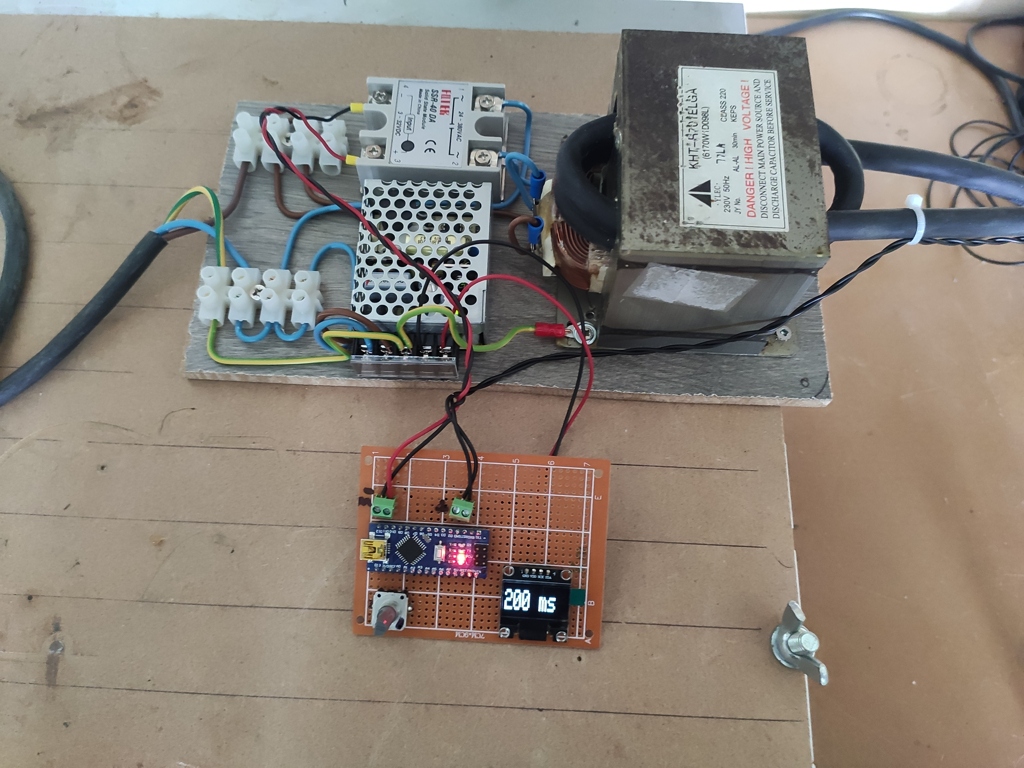Ask Electronics
3742 readers
1 users here now
For questions about component-level electronic circuits, tools and equipment.
Rules
1: Be nice.
2: Be on-topic (eg: Electronic, not electrical).
3: No commercial stuff, buying, selling or valuations.
4: Be safe.
founded 2 years ago
MODERATORS
126
127
128
129
130
131
132
133
134
135
136
137
138
139
140
141
142
143
144
145
146
147
148
149
150
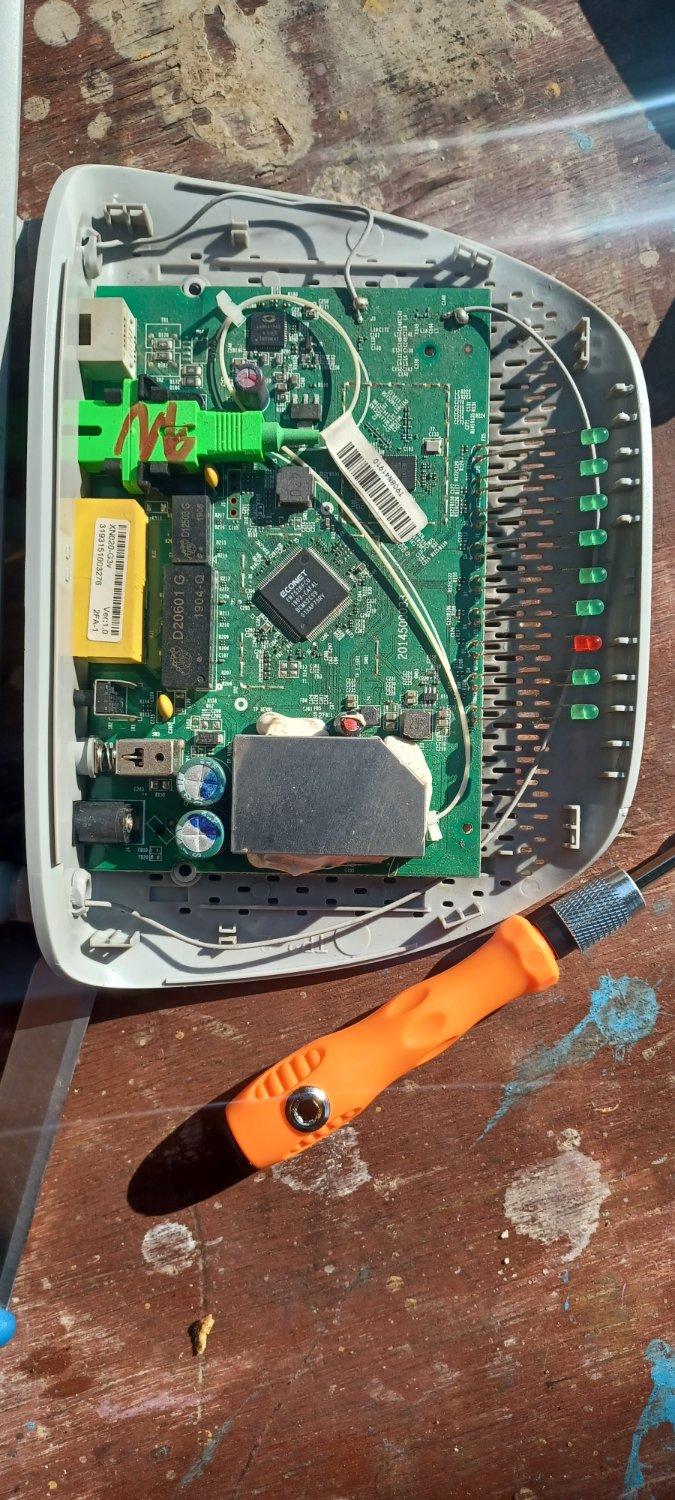
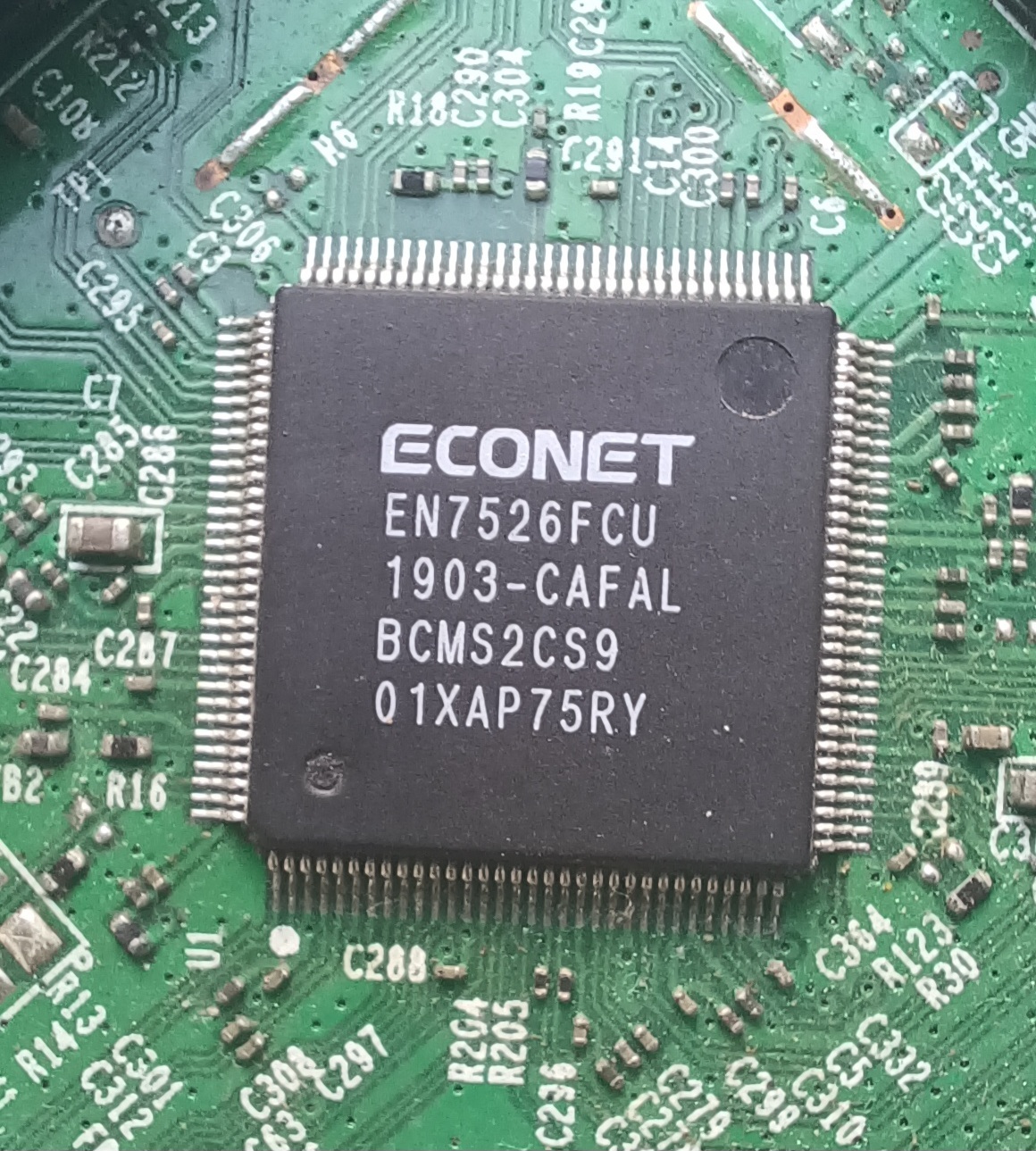
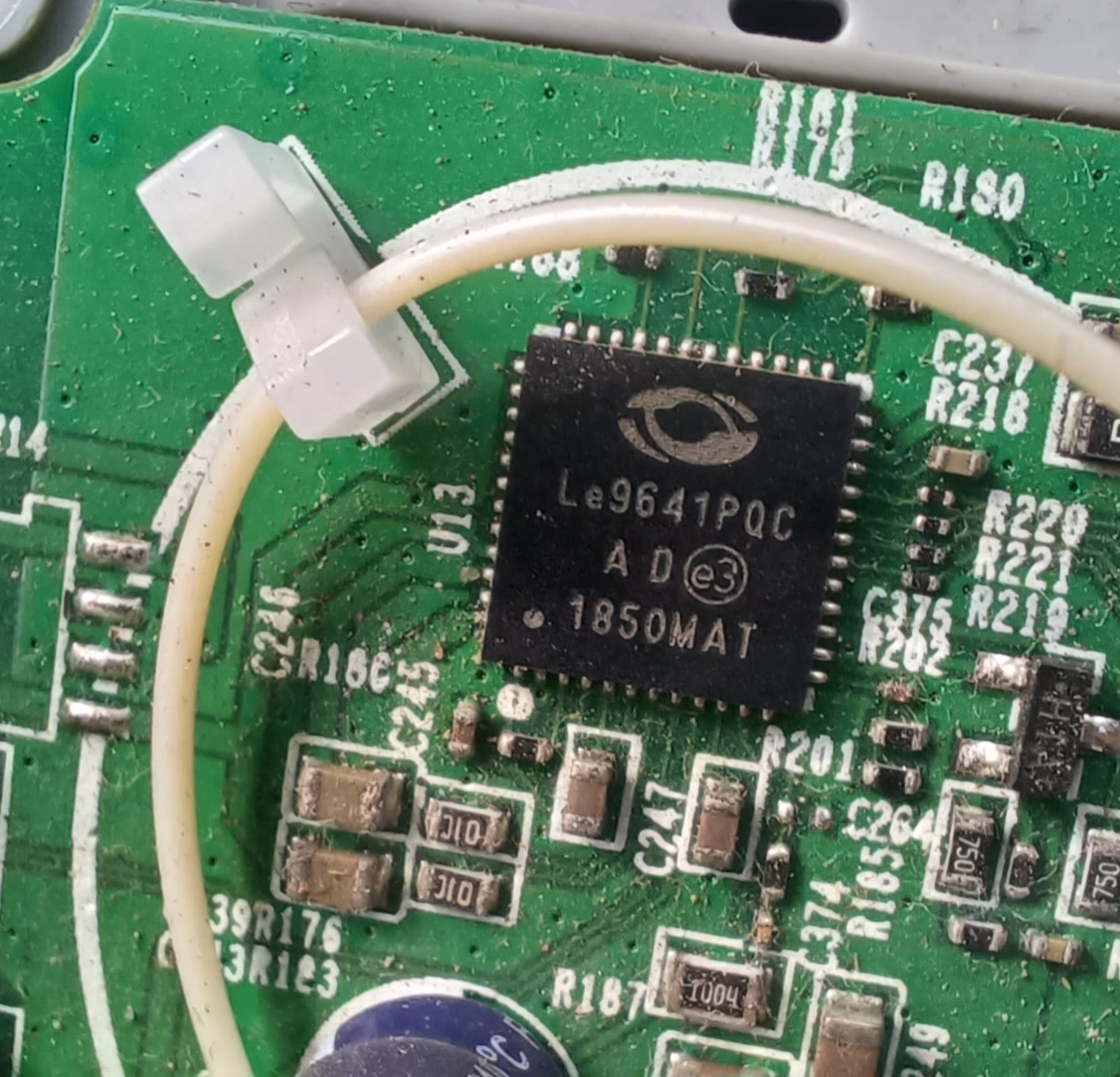
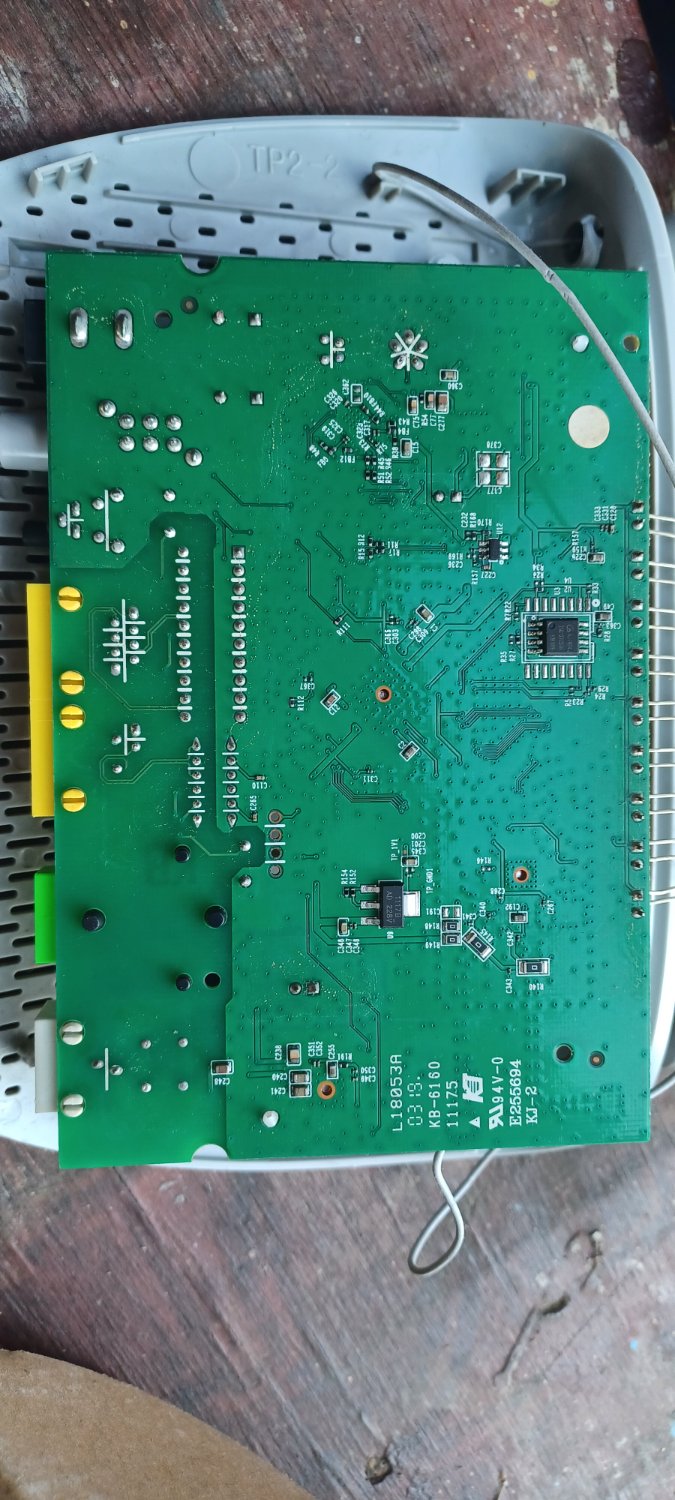
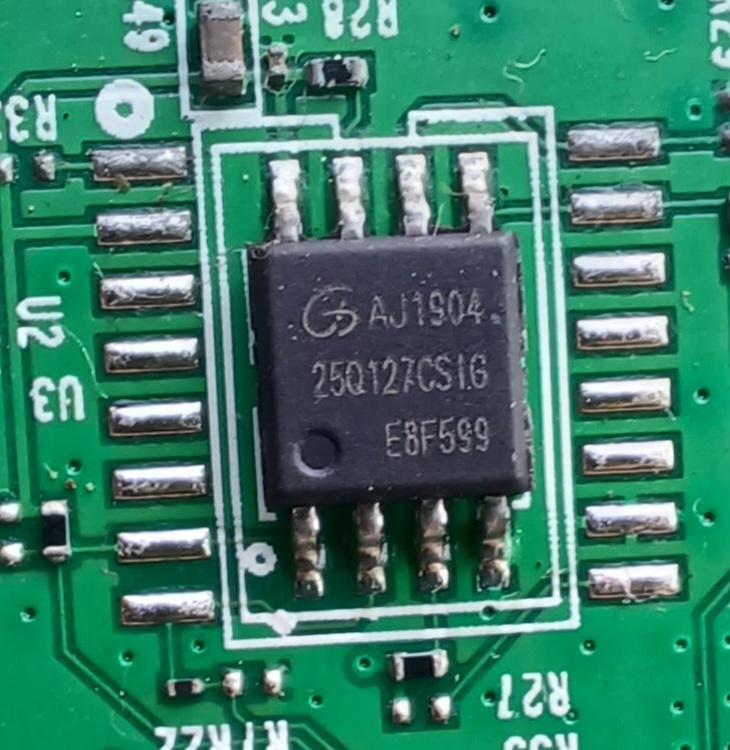

 Would there be a voltage generated by movement if the core is suspended by some kind of spring or rubber band?
Would there be a voltage generated by movement if the core is suspended by some kind of spring or rubber band?
